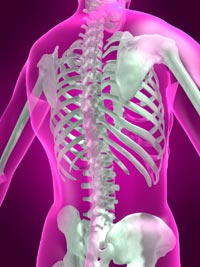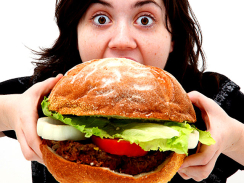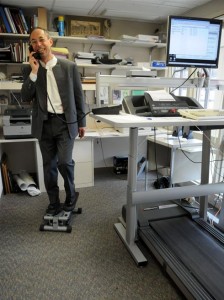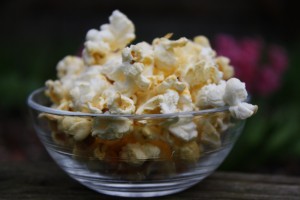The chances are good that sugar is a bigger part of your daily diet then you may realize. Which is why this story is so important. New research coming out of some of America’s most respected institutions is starting to find that sugar the way many people are eating it today is a TOXIN and could be a driving force behind some of this country’s leading killers including a heart disease. As of result of these findings an anti-sugar campaign has sprung up led by Dr. Robert H .Lustig.
Dr Robert H Lustig has been researching the effects of sugars on the endocrine system since 1998 warning about the dangers of fructose and its involvement in the obesity, heart disease and diabetes epidemics in adults and now children.
Since 1999 Lustig has authored or co-authored peer reviewed studies on carbohydrates and the effect they have on hormones and enzyme balance within the human body.
What he says is controversial but incontrovertible. We and particularly our children are eating too much fructose. We must lower our consumption to a reasonable level or suffer the consequences.
Please listen to this 15 min segment from 60 minutes 4/1/2012
http://cirrus.mail-list.com/dce/31071147.html





